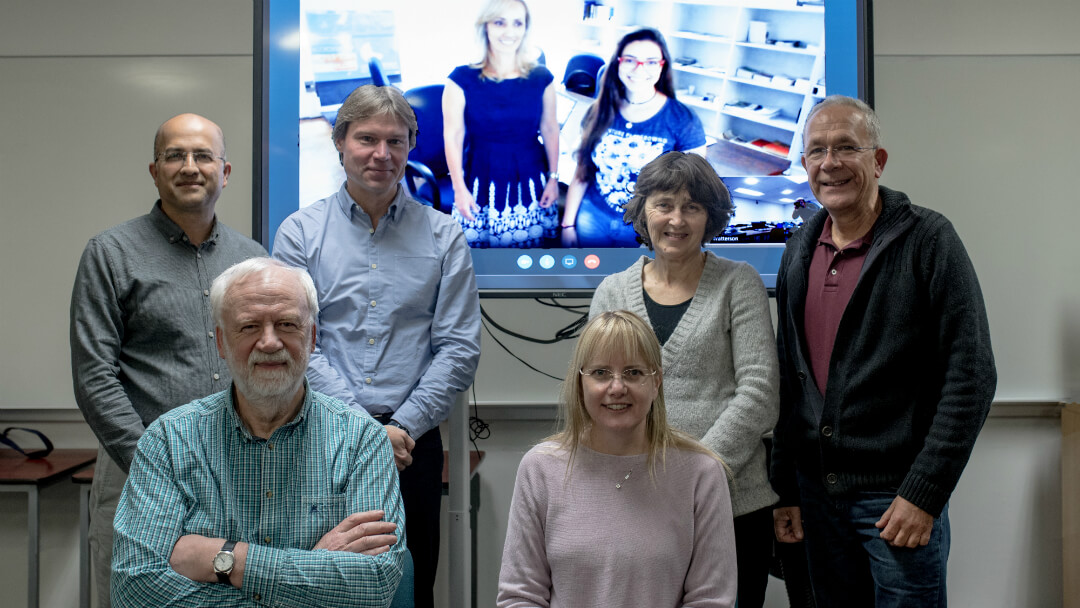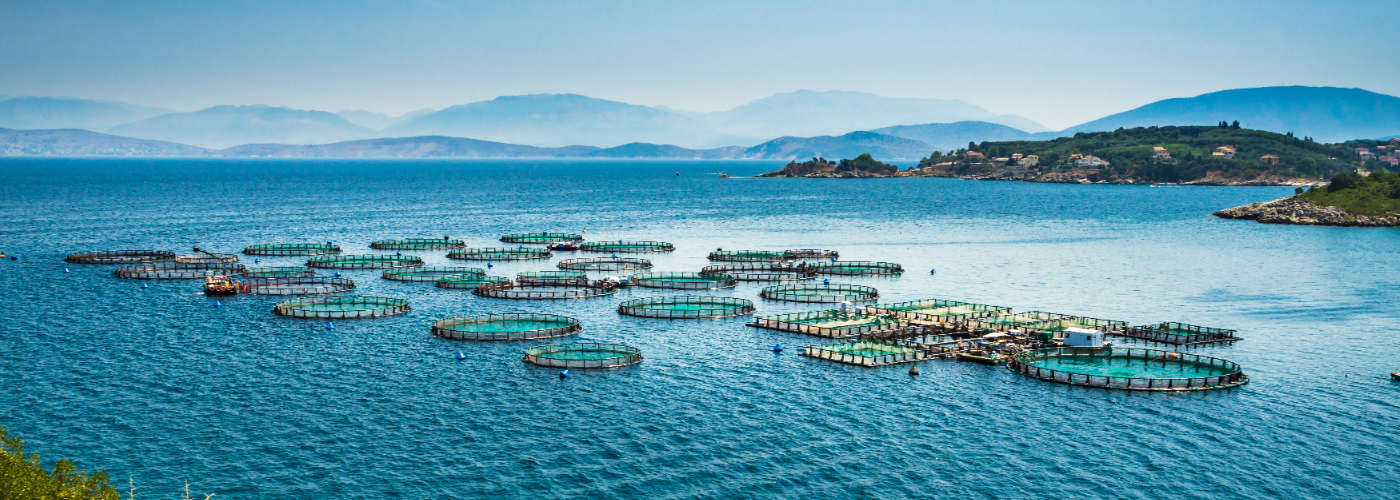Protecting the health of the world’s 18 million aquaculture workers will be the focus of a new project led by a University of Stirling academic.

Professor Andrew Watterson is leading the study, which aims to improve the health of the world's 18 million aquaculture workers.
Despite being one of the most hazardous industries in the world, the risks posed by fish farming have been generally neglected.
Experts gathered at the University this month to finalise an analysis, led by Stirling’s Professor Andrew Watterson, of global occupational health and safety standards and challenges.
It will provide an overview of global aquaculture and fish farming occupational health and safety issues along the primary supply chain, in marine and freshwater locations. The report covers diving, construction works – such as the establishment of stock-holding units like ponds, racks and cages – as well as harvesting, processing, and transport of produce.
The new study, funded by the Food and Agriculture Organisation (FAO) of the United Nations, focuses on national and continental profiles from around the world, from Africa to Australasia, and Europe to North America. It follows a decision by the FAO Committee on Fisheries to prioritise occupational safety and health (OSH) issues in aquaculture.

The project team, led by Professor Andrew Watterson (front left), met at Stirling to discuss the study.
The project, administered by the International Union of Food, Workers (IUF), also explores workplace injuries in the sector relating to machinery, tools, boats, vehicles, vehicles, drowning, falls, electrocution and bites. Occupational diseases are generally under-reported across the world and aquaculture presents many threats to health including those linked to heat and cold, dehydration, work-related neck and upper limb disorders, respiratory problems, allergies, parasites, bacteria from feed, skin issues, and hazards related to ingestion and inhalation. Additional problems have emerged connected to the impact of stress, long hours, evening and night shifts and lone working.
Legislation
Welfare conditions and work-related factors that may contribute to ill-health have been included in the study, such as wages, housing, access to healthcare and transport.
In addition, the team have considered relevant global legislation, including national laws, international codes, labour practice guidance and industry standards.
Project lead Professor Watterson, of Stirling’s Faculty of Health Sciences and Sport, said: “Our report aims to set out what works, and what does not, on aquaculture occupational health and safety across the globe and focus on how to improve standards and reduce risks.
“This will involve looking at occupational safety and health risk management in aquaculture and identifying best practice including assessment, communication, mitigation and, in particular, protection from and prevention of hazards and risks in aquaculture.
“We will also consider the costs of implementing OSH requirements and procedures in aquaculture operations, who bears the costs of poor OHS, and the feasibility of adaptation of existing guidance documentation – for example, as developed for other agricultural and food-producing sectors – to aquaculture.
“Our report will pick up opportunities and constraints faced by small-scale, rural aquaculture farmers when introducing or improving OSH risk management measures in their farms. It will also identify further research and development needs on OSH in aquaculture, including information gaps relating to hazards and risks.”
Background information
Media enquiries to Greg Christison, Communications Officer, on 01786 466 687 or greg.christison@stir.ac.uk

